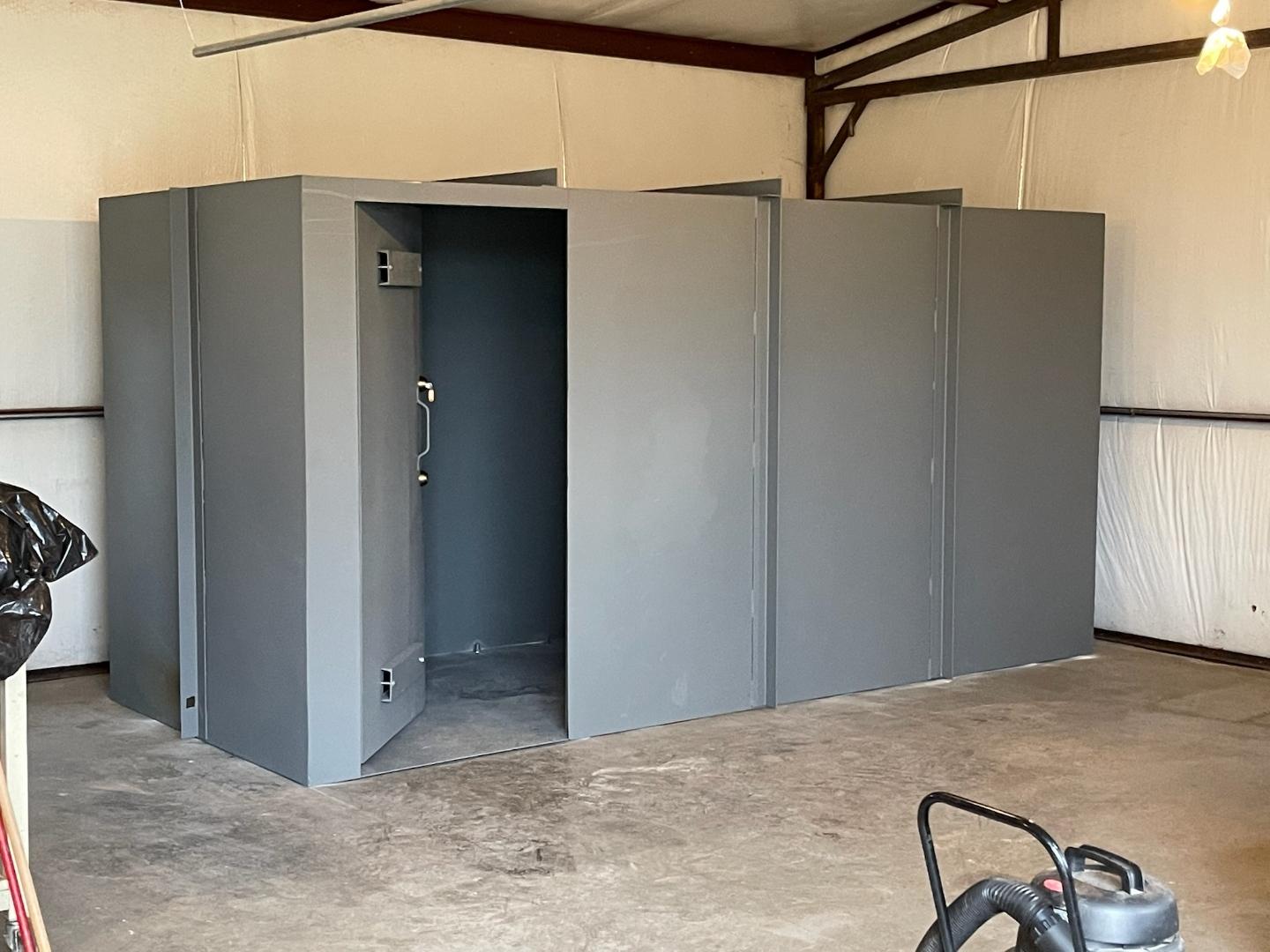The detrimental impacts of natural disasters cannot be emphasized enough. There is no way you can make it out alive of tornadoes or hurricanes or any harsh weather conditions if you don’t seek refuge in storm shelters. Storm shelters are fortified rooms built above or underground to protect people from tornado-strength strong winds.
Storm shelters are a lucrative safety option to consider if you live in tornado-prone areas. These shelters are designed to withstand forceful winds and shield against flying debris.
There are two types of storm shelters sought commonly by homeowners, above-ground and underground shelters. Although both have their specific pros and cons, their installation procedure and requirements differ.
If you want to install a storm shelter in your house but cannot decide between the above and underground shelters, this blog is for you.
Why Choose An Underground Storm Shelter?
An underground shelter, also known as a ground shelter, is installed in garages and basements. People often confuse an underground shelter with a basement, but both are different. Unlike basements, underground shelters are designed with steel and concrete. Since they are underground, such storm shelters remain protected from dangerous winds and flying debris.
Risks
For a long time, people have preferred underground shelters over above-ground shelters in terms of protection. However, there are multiple risks associated with these shelters—for instance, flooding. Floods are one of the fatal risks associated with underground shelters if a storm accompanies a flood.
There have been instances of owners drowning within underground shelters.
Another fatal risk linked with these shelter types emerges when the doors of underground shelters get blocked by debris. This limits the occupants inside for longer duration.
Why Choose An Above-Ground Storm Shelter?
Above-ground storm shelters have their advantages. These shelters are installed anywhere above the ground. Thanks to advancements in engineering, above-ground shelters come with sliding doors, which rule out the possibility of being trapped. Besides, these storm shelters are waterproof, so it’s safe to take refuge during floods.
These shelters have airflow filters that provide substantial oxygen levels to prevent suffocation. As far as the installation is concerned, above-ground storm shelters are usually set up beneath garages, backyards, or closets.
Risks
The benefits of above-ground shelters outweigh the risks. However, there is always a risk of debris landing on the top of above-ground storm shelters. The latter can cause much damage if the shelters aren’t made of steel.

An above-ground storm shelter is a must if you live in a tornado-prone state. If you want to install a storm shelter and safe rooms in your house on a budget, consider us at US Safe Room Tornado Shelters.
Contact us to get a free shelter quote.










